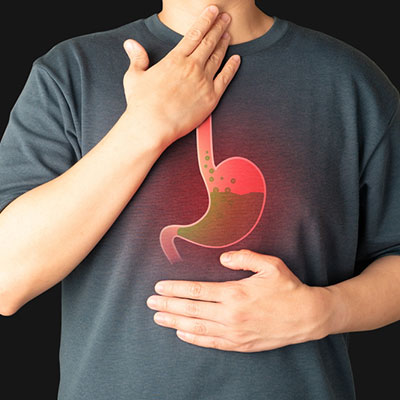Esophagus Treatment in Vijayawada
The esophagus is a muscular tube approximately 8 to 10 inches long that connects the throat (pharynx) to the stomach, serving as a vital component of the digestive system. It functions primarily to transport food and liquids that have been swallowed from the mouth to the stomach through a series of coordinated muscular contractions called peristalsis. For issues regarding the esophagus, you can consult Best esophageal doctor in Vijayawada, Dr. Sreedevi Atluri at American-Gastro care in Vijayawada. The esophagus begins behind the trachea and passes through the thoracic cavity, passing through the diaphragm via the esophageal hiatus before reaching the stomach. Its inner lining is composed of mucous membrane that secretes mucus to facilitate smooth passage of swallowed materials. The esophagus also contains specialized sphincters, notably the upper esophageal sphincter (UES) and lower esophageal sphincter (LES), which help prevent the backflow of stomach contents and air into the throat, thus playing a crucial role in preventing conditions like acid reflux or gastroesophageal reflux disease (GERD). Structurally, the esophageal wall consists of mucosa, submucosa, muscularis propria, and adventitia, which collectively support its function and integrity. Overall, Esophagus specialist in Vijayawada says that the esophagus is essential for efficient swallowing and digestion, working seamlessly to move ingested food towards the stomach for further processing.

Different disorders of the esophagus:
- Gastroesophageal Reflux Disease (GERD) as per GERD specialist in Vijayawada involves the backflow of stomach acid into the esophagus, causing heartburn and inflammation.
- Esophagitis needing immediate Esophageal disease treatment in Vijayawada
- Achalasia is a motility disorder where the lower esophageal sphincter fails to relax properly, leading to difficulty swallowing.
- Esophageal Strictures
- Esophageal Cancer includes squamous cell carcinoma and adenocarcinoma, often linked to smoking, alcohol, or Barrett’s esophagus.
- Barrett’s Esophagus involves abnormal cell changes in the esophageal lining due to chronic acid exposure, increasing cancer risk as per Upper GI specialist in Vijayawada.
- Esophageal Varices are dilated veins typically caused by portal hypertension from liver disease, prone to bleeding.
- Esophageal Ulcers
